The Solar Sabbats: Ostara
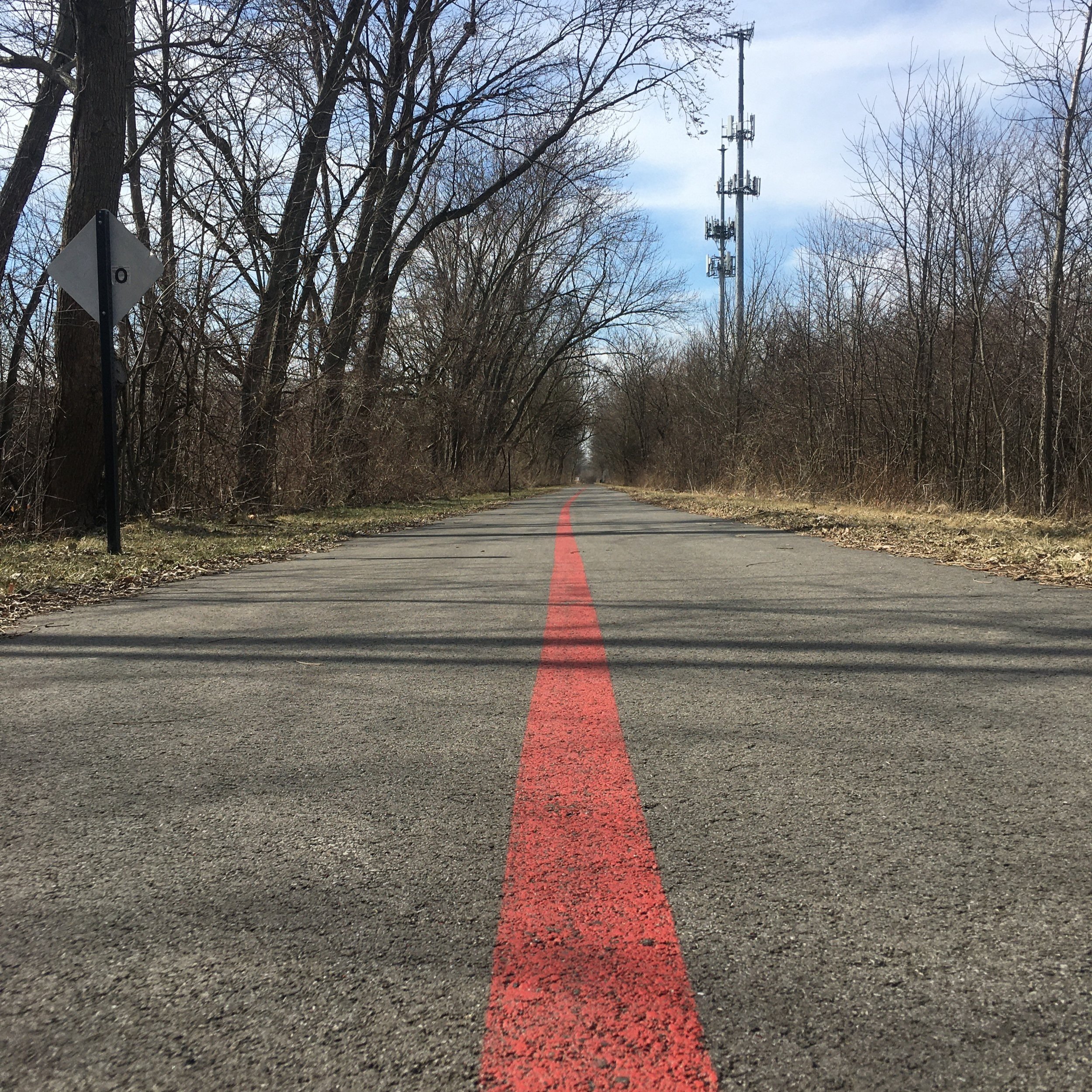
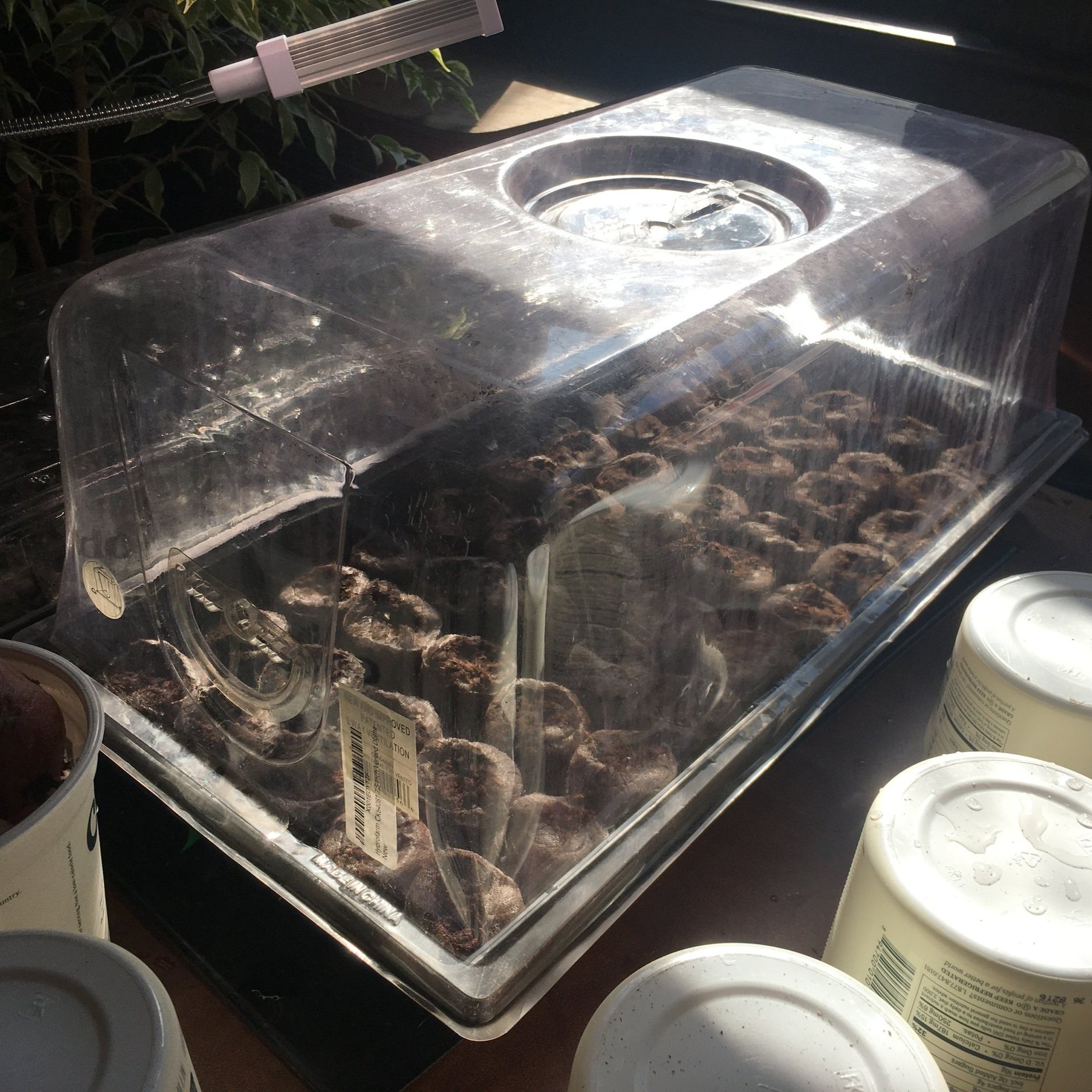
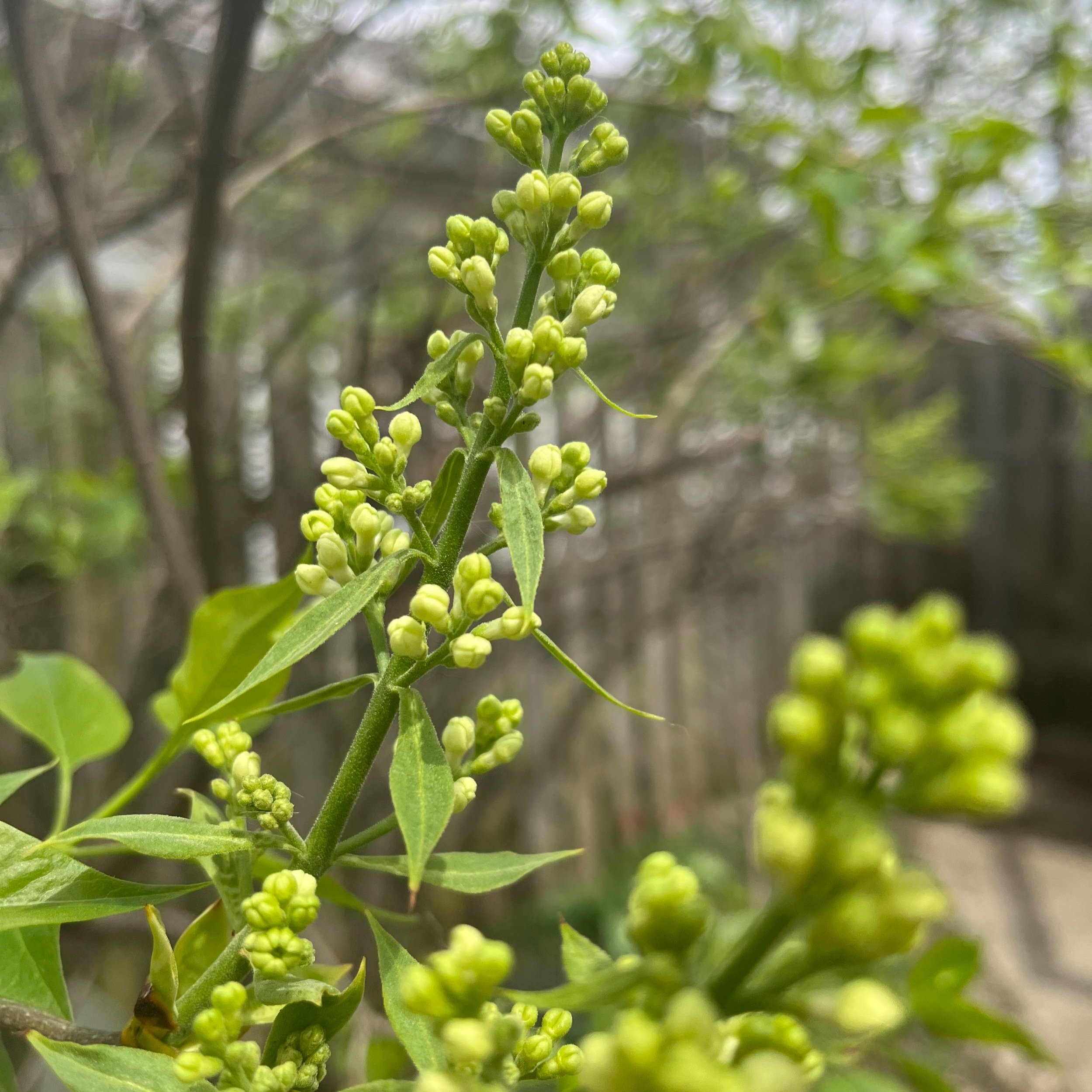
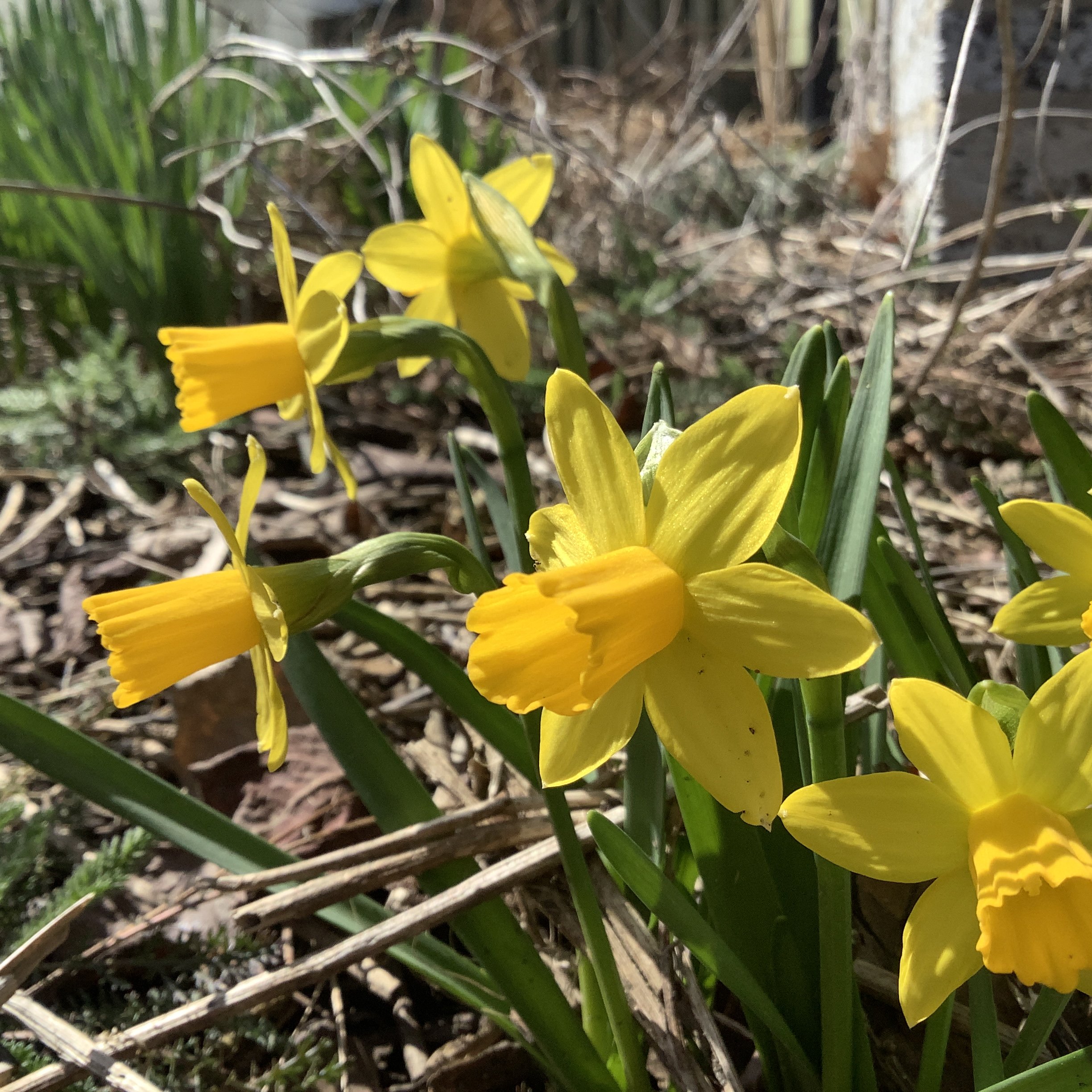
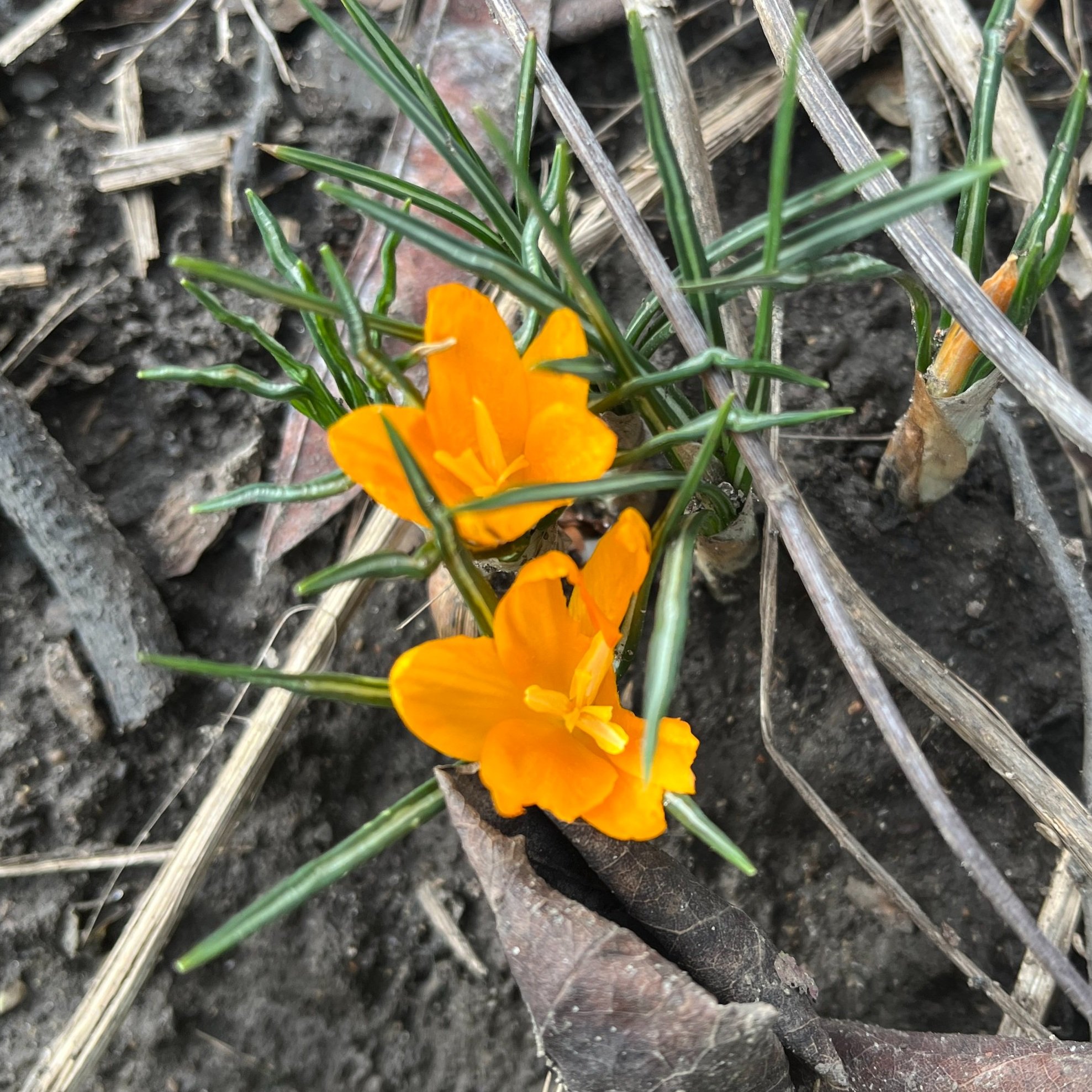
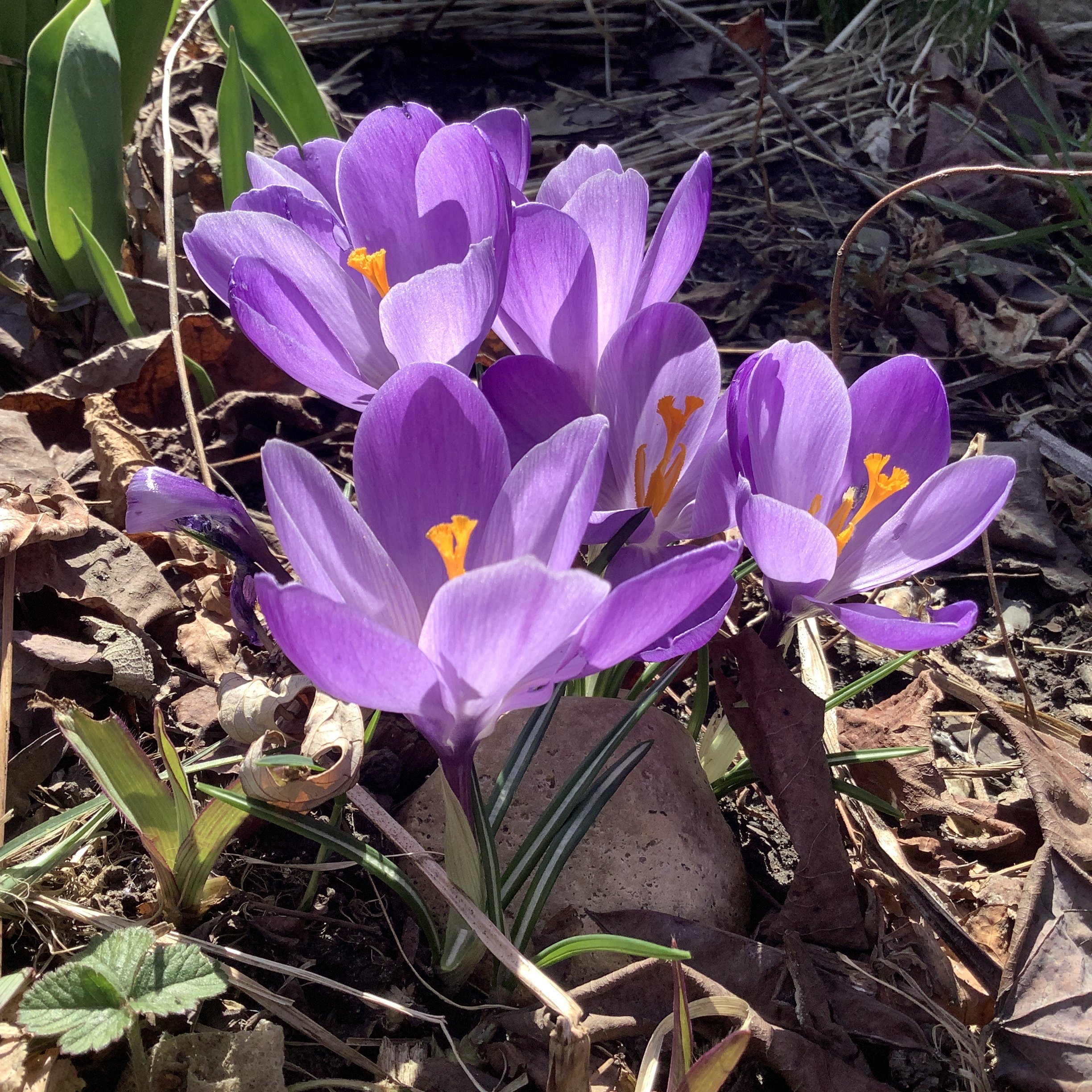
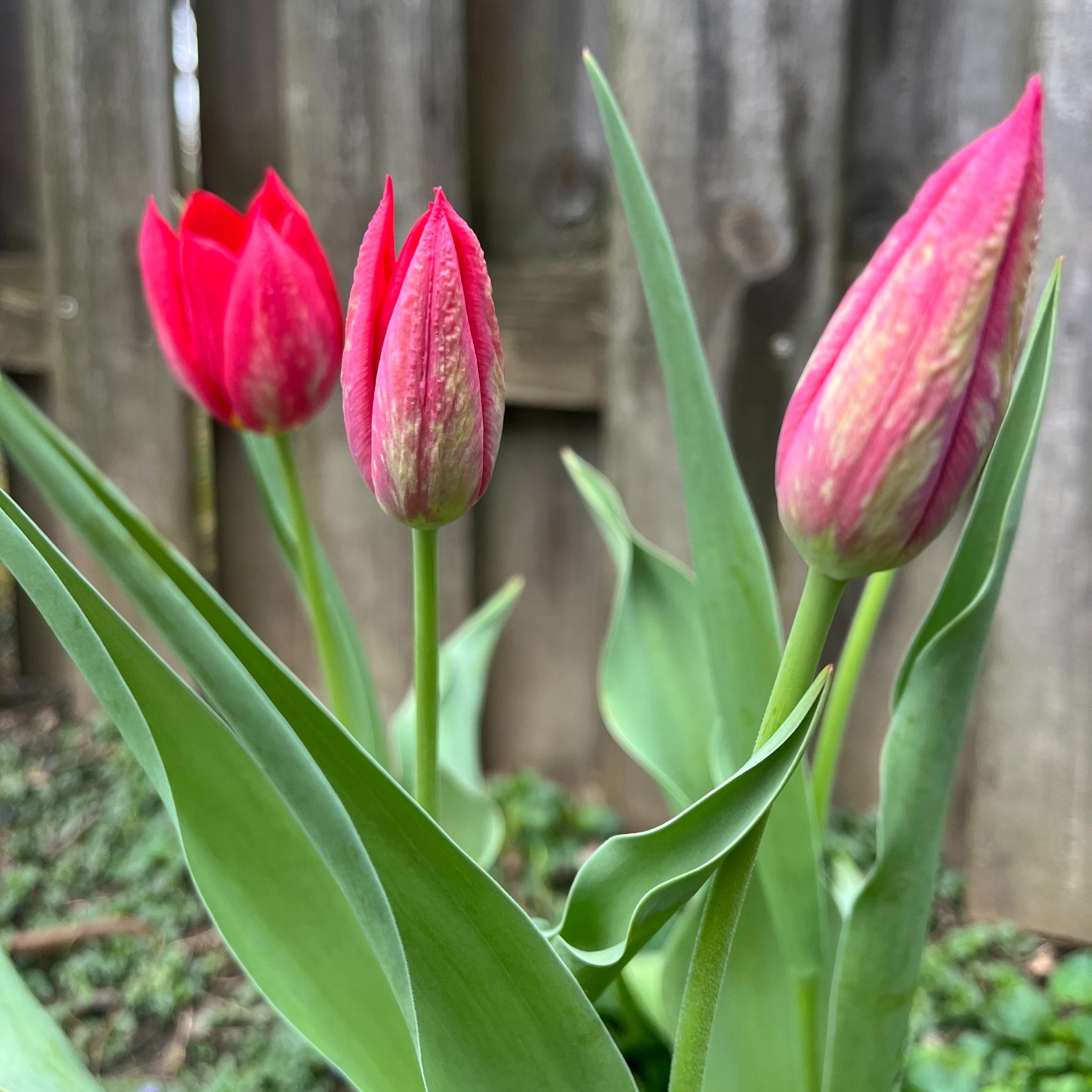
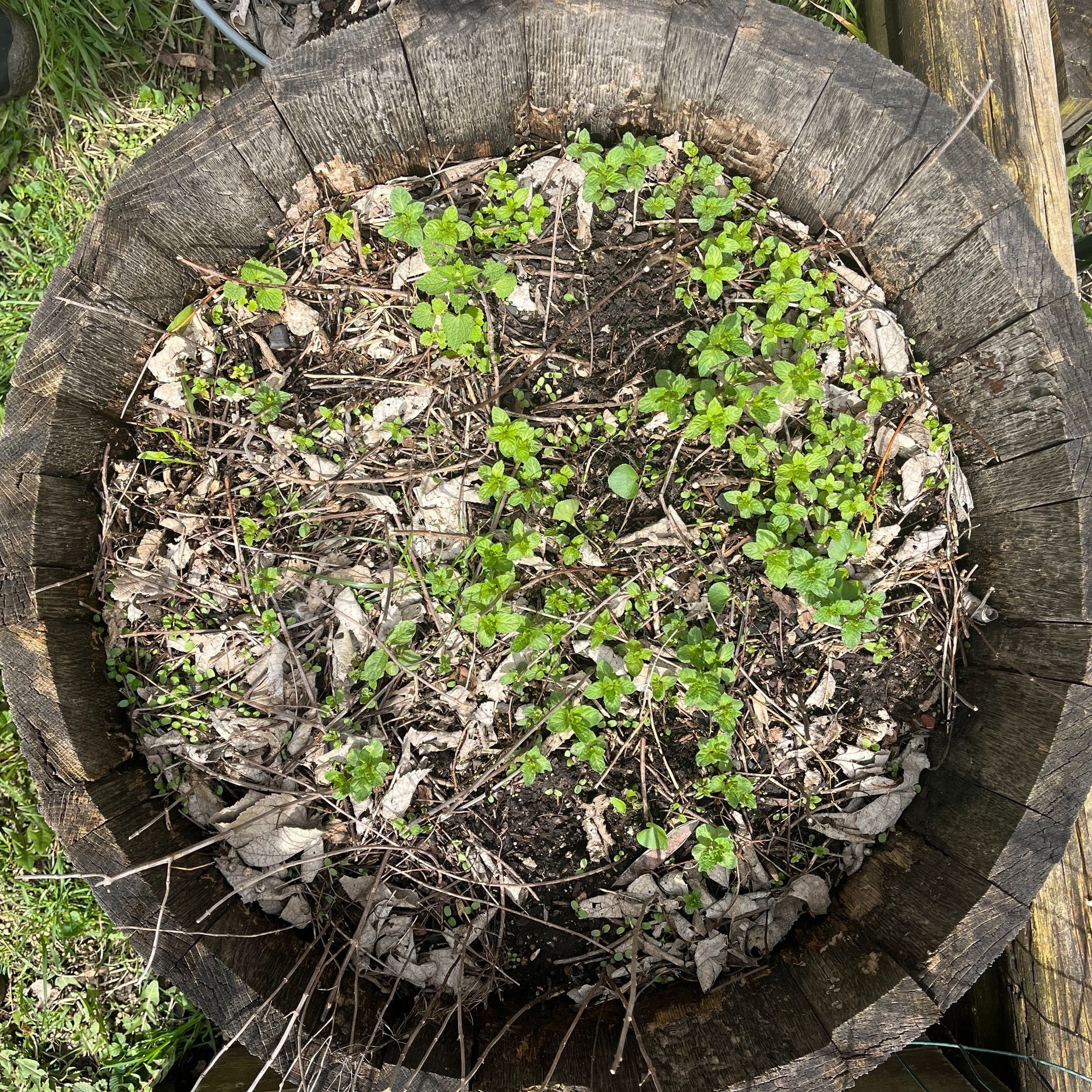
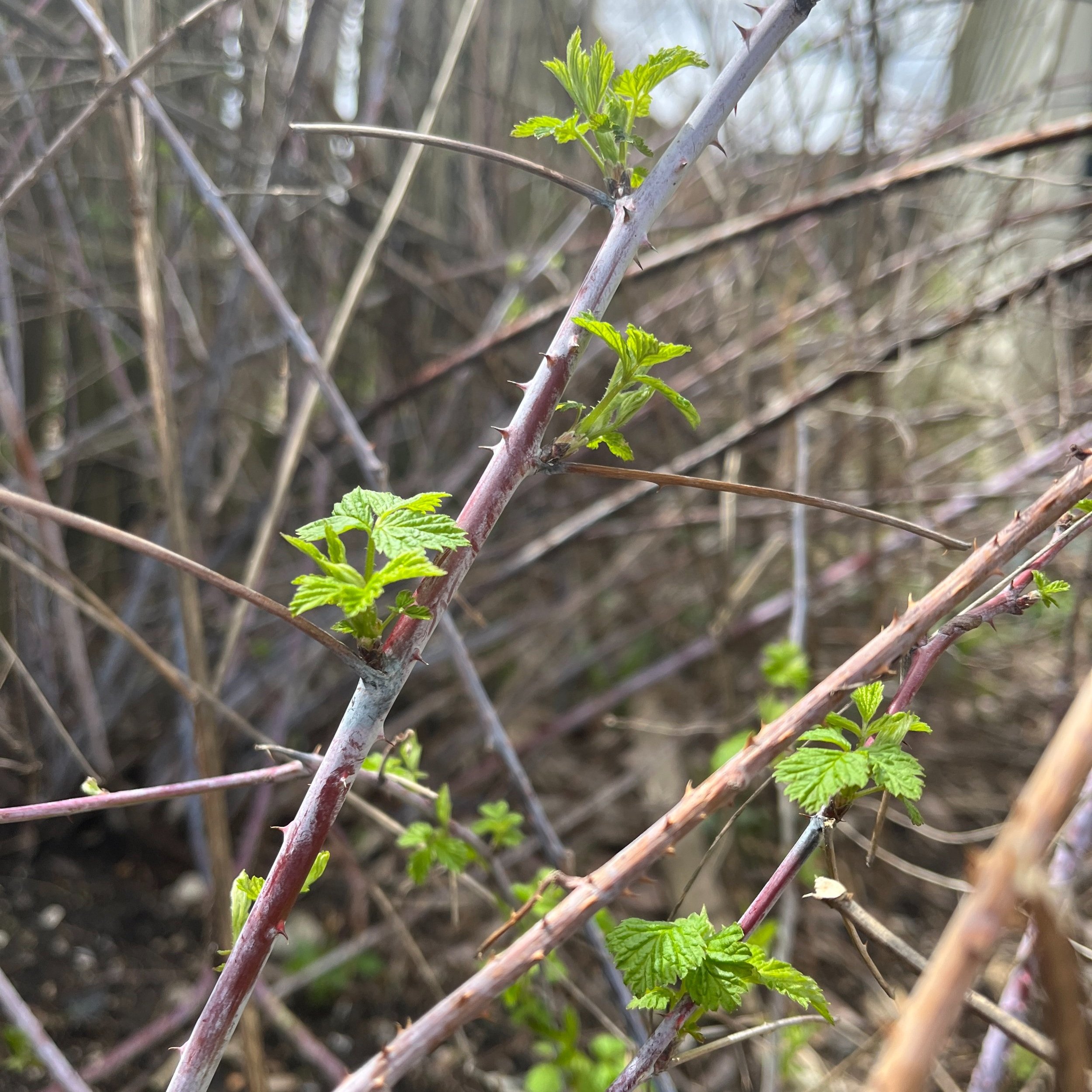
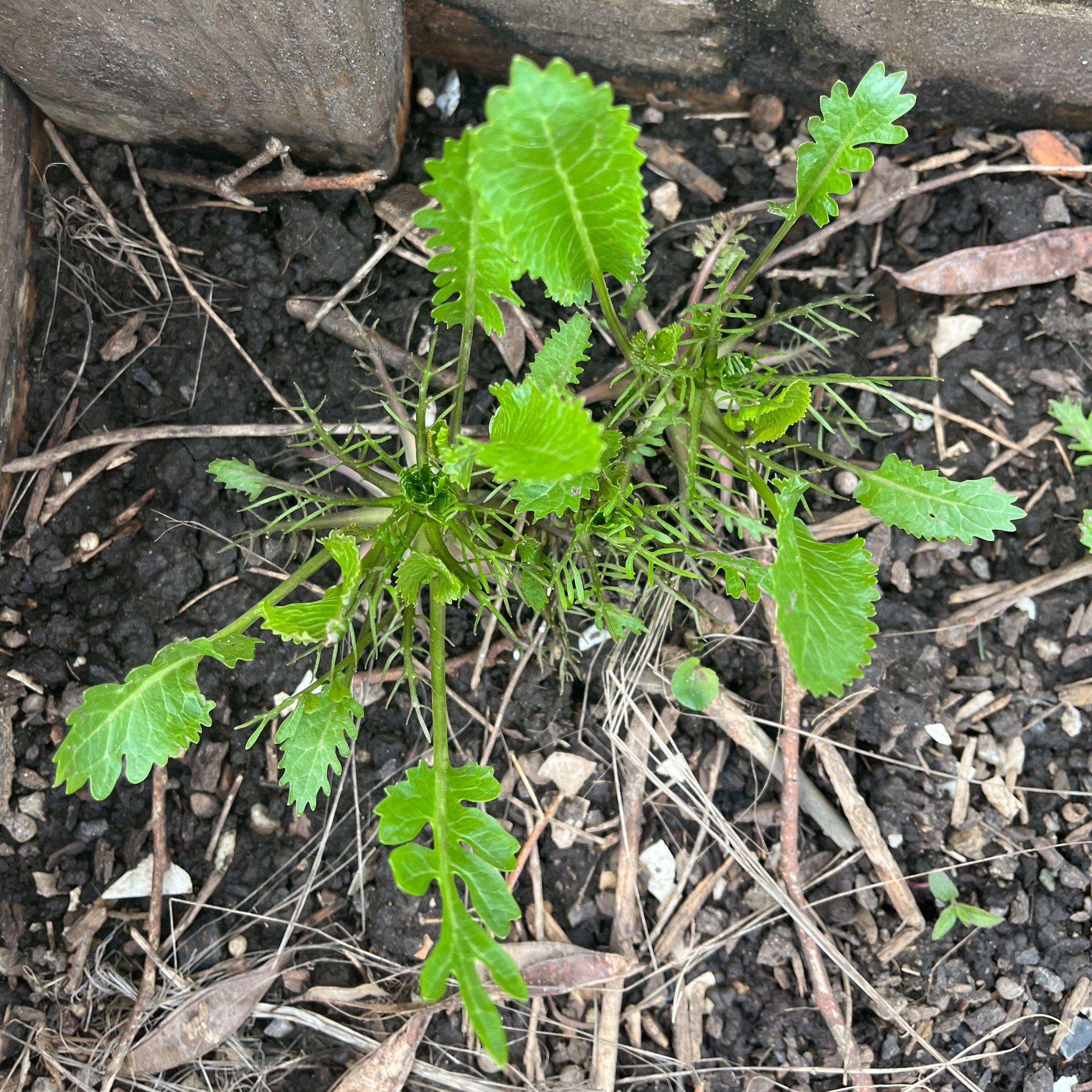
Happy Ostara! (or Vernal Equinox, if you prefer)
We don’t do a lot for most sabbats—just a little ritual, meditation, maybe a bonfire—so I’ve been reading up on some of the old traditions for sabbats as they come around this year. I was surprised to learn that the name Ostara was not used for the Vernal Equinox until Gerald Gardener came up with it while establishing the sabbats for Wicca. Whatever the name, it has obviously been celebrated by a variety of faiths for most of human existence, given all the markers found around the world that connect with or illuminate during the spring equinox, the day when the sun’s at its zenith—or when the day is approximately equal to night. It even marked the beginning of a new year until 1752’s switch to the Gregorian Calendar.
No matter your faith, the Vernal Equinox is associated with balance, rebirth, and renewal. The cold finally starts giving us a break, the early flowers bloom, and the critters come out of hibernation to find something fresh to eat. For pagans, this often means coming out of our winter shell and putting all those plans we made in the cold months into action. It’s a time to begin pursuing all those lofty goals we’ve dreamed of while locked inside.
So what are we at GWV doing this year to celebrate Ostara?
I like to return to my outdoor cardio around this time. I’ve had asthma most of my life, and heavy breathing in cold air triggers an attack. So, after a winter of treadmilling in the basement, I’m usually delighted to get back outside to run, walk, and bike. Being out there gives me a chance to spot all the crocuses, daffodils, hyacinth, snowdrops, and more peeking out of everyone’s yards. It’s a hopeful feeling to be out again among nature’s resurgence.
Ostara is also when we finish garden prep and start our seedlings inside. (See my blog on starting seeds for more details.) If you’d like, you can add a seed blessing to the work (Llewellyn’s Ostara book has some suggestions for that). The household altar works great for this or alternatively, an outdoor altar—we generally put ours up as part of garden prep, and it makes a good spot for a seed blessing.
If you don’t have space to garden or even keep a window box, but would still like to grow something, try broccoli sprouts (see my how to blog on this). They’re fun, delicious, and make a nice connection to growing things.
The kitchen witch in me loves to make special food for the sabbat. This year, I’m making corn cakes, but instead of a tomato and feta topping (as in this recipe), I served them with maple syrup and bacon (Ostara is associated with maple syrup and honey). I like making a quiche for dinner since Ostara is so heavily correlated with eggs (see my crustless quiche recipe). You can throw just about anything in a quiche and it tastes great—this year, I’m going with sundried tomatoes, spinach, and caramelized onions. We’ll cap that meal off with a small outdoor fire after dark, probably accompanied by something warm and slightly boozy.
If you’re looking for some information on Ostara, The Llewellyn Sabbat Essentials: Ostara is a good guide with lots of history, activities, rituals and more. You can also find ideas for gardening in Backyard Gardening Witchery or a guide for planning and enacting your garden in The Green Witch’s Garden Journal.
